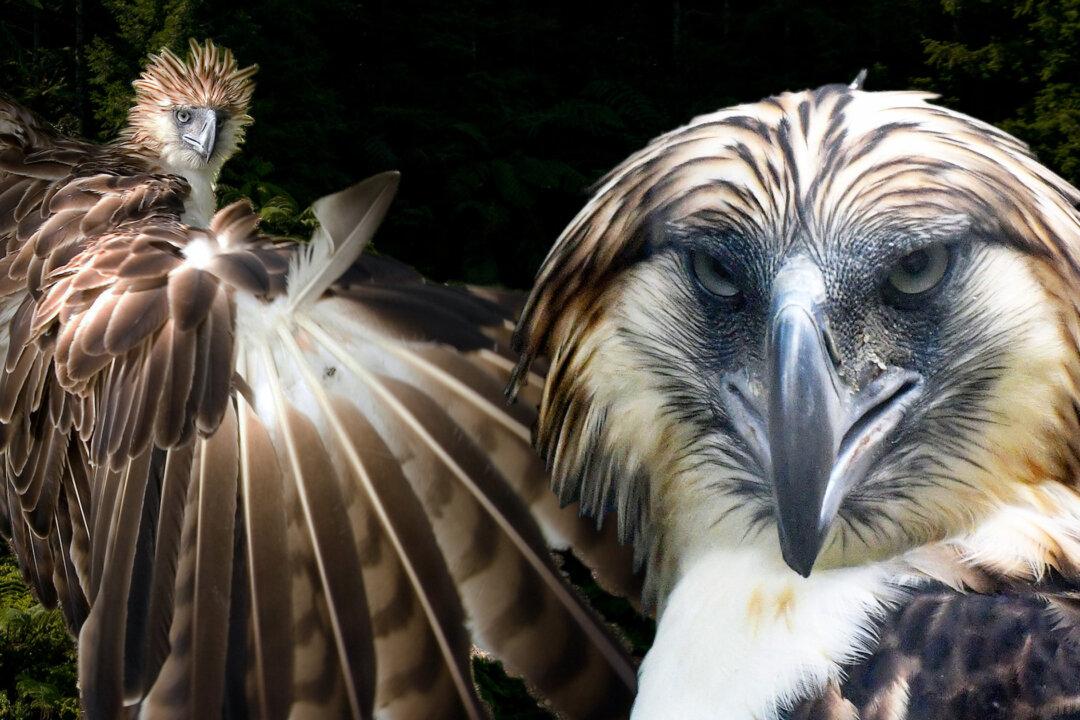Disclaimer: This article was published in 2023. Some information may no longer be current.
The Philippine eagle (Pithecopaga jefferyi) is the largest in the world, and it snacks on monkeys. With its unique blue-gray eyes this apex predator can spot prey as far as 1.2 miles (2 kilometers) away. And this magnificent bird of prey is incredibly rare, with only 392 pairs left in existence.






